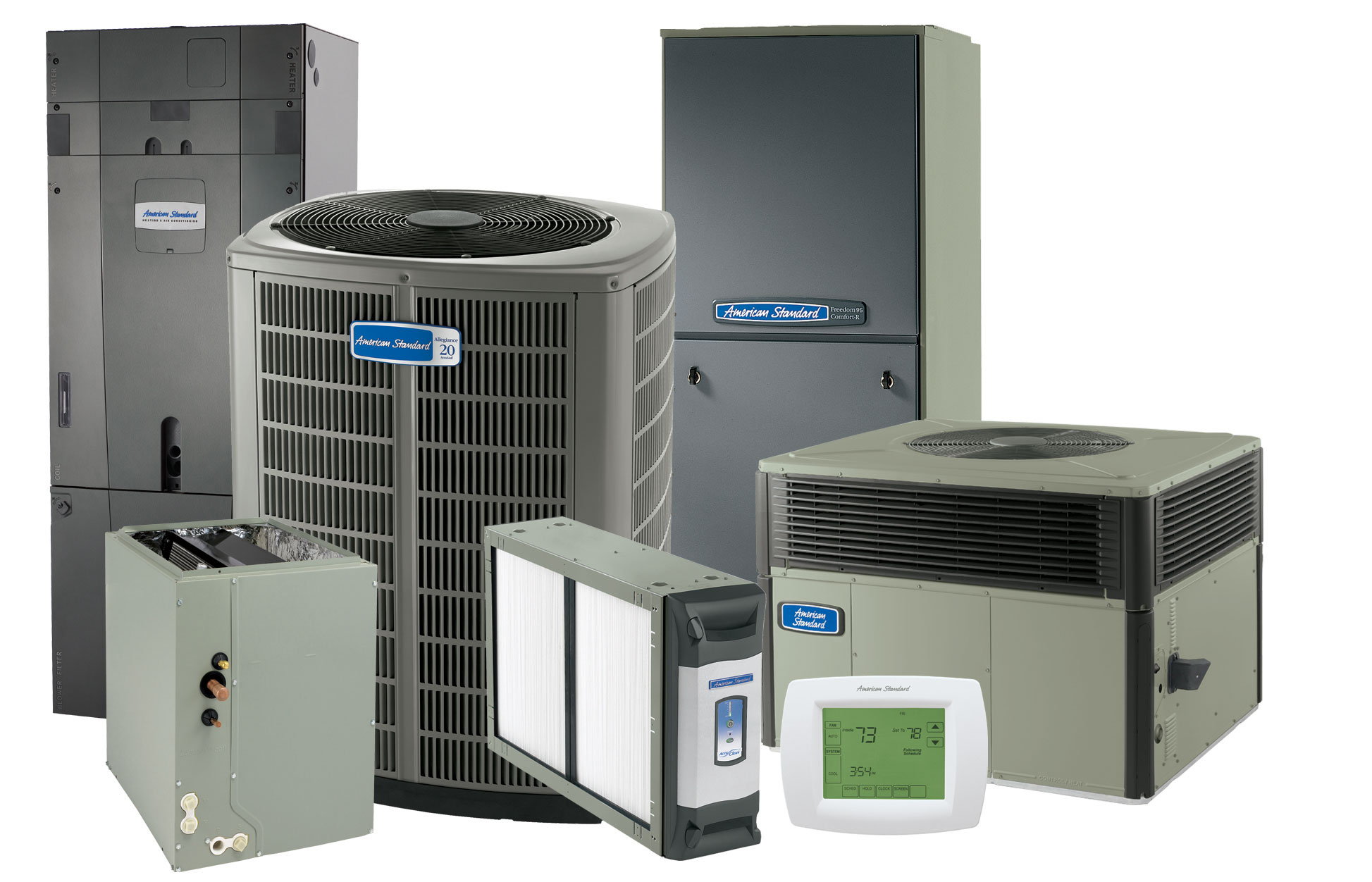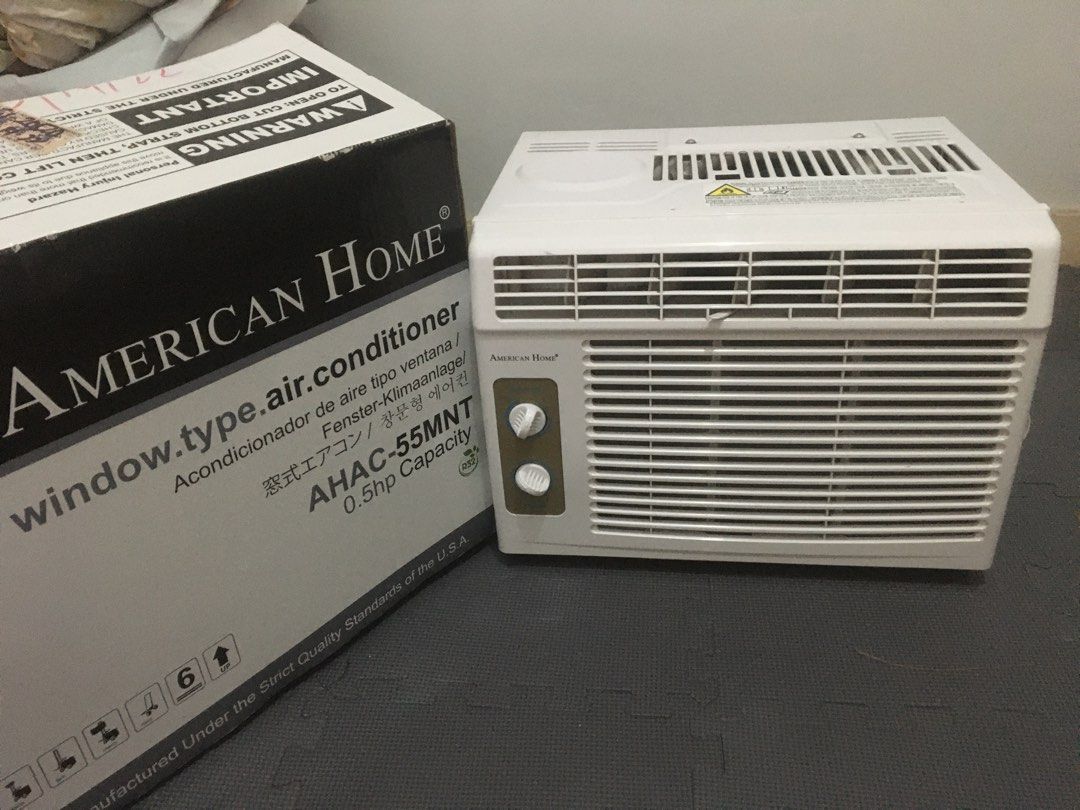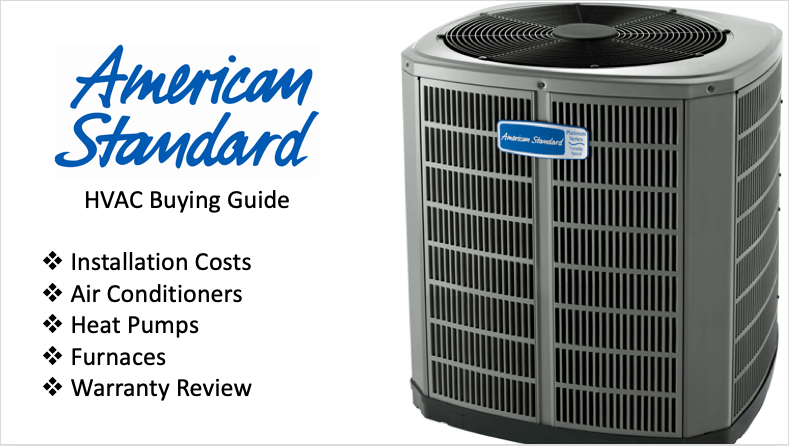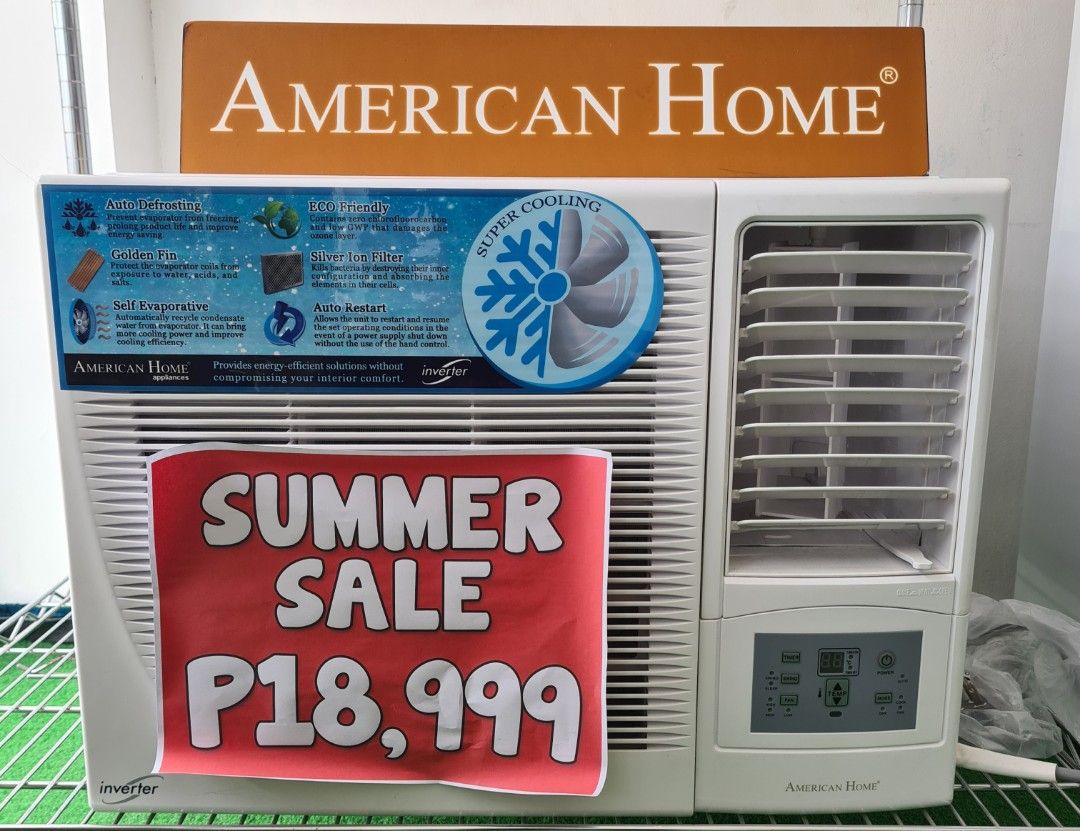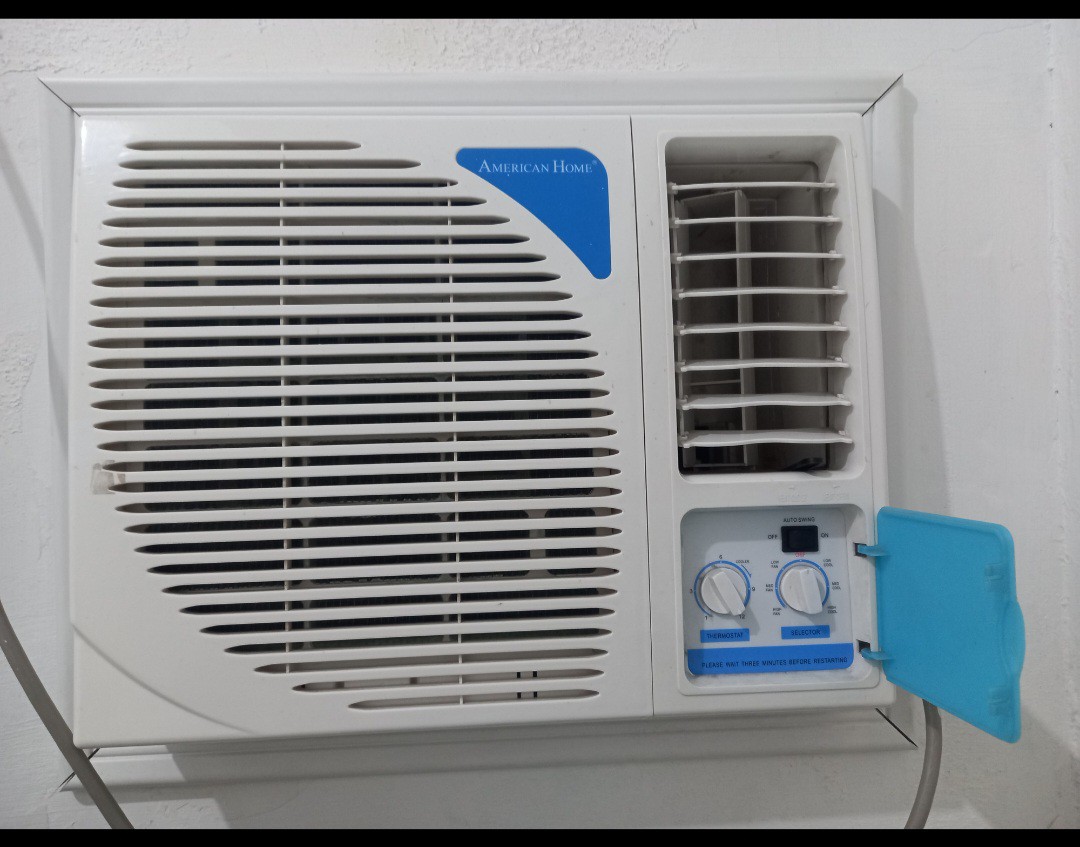American Home Heating & Air Conditioning
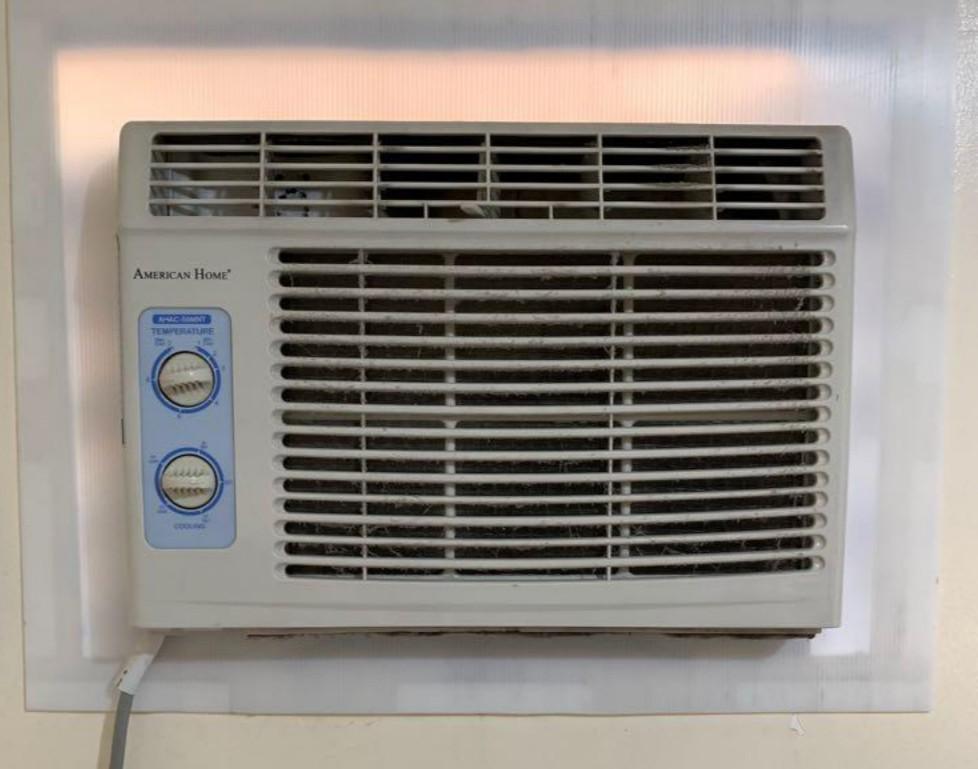
In today's world, managing energy consumption is not just about environmental responsibility; it’s also about saving money. Your home or business's heating, ventilation, and air conditioning (HVAC) system plays a crucial role in your energy footprint. Understanding how to optimize this system can lead to significant savings and a more comfortable living or working environment. This guide explores how American Home Heating & Air Conditioning practices can help you achieve energy efficiency and lower your utility bills.
Understanding Your HVAC System: The Foundation of Energy Savings
Before diving into specific strategies, it's essential to understand the core components of your HVAC system. Typically, this includes a furnace or heat pump for heating, an air conditioner for cooling, and a network of ducts to distribute conditioned air. The efficiency of each component, as well as the system's overall design and maintenance, directly impacts your energy consumption.
Energy Star certification is a key indicator of efficiency. When selecting new HVAC equipment, look for the Energy Star label, which signifies that the product meets strict energy-efficiency guidelines set by the U.S. Environmental Protection Agency (EPA). Energy Star certified products can reduce energy consumption by up to 30% compared to standard models.
Key Efficiency Metrics
- AFUE (Annual Fuel Utilization Efficiency): This rating measures the efficiency of furnaces. A higher AFUE rating means a greater percentage of the fuel is converted into usable heat. Look for furnaces with AFUE ratings of 90% or higher for optimal energy savings.
- SEER (Seasonal Energy Efficiency Ratio): This rating measures the cooling efficiency of air conditioners. A higher SEER rating indicates better energy performance. Energy Star certified air conditioners typically have SEER ratings of 14.5 or higher.
- HSPF (Heating Seasonal Performance Factor): This rating measures the heating efficiency of heat pumps. A higher HSPF rating indicates better energy performance. Energy Star certified heat pumps typically have HSPF ratings of 8.2 or higher.
Investing in high-efficiency equipment is a significant first step. However, proper installation and maintenance are equally important to ensure optimal performance and longevity.
Optimizing Your Existing System: Practical Steps for Immediate Savings
You don't necessarily need to replace your entire HVAC system to see energy savings. Several practical steps can optimize your existing system and reduce energy waste.
Regular Maintenance: The Cornerstone of Efficiency
Regular maintenance is crucial for ensuring your HVAC system operates efficiently. American Home Heating & Air Conditioning maintenance plans often include:
- Filter Replacement: Dirty filters restrict airflow, forcing your system to work harder and consume more energy. Replace filters every 1-3 months, or more frequently in dusty environments.
- Coil Cleaning: Dirty coils reduce heat transfer efficiency. Schedule professional coil cleaning at least once a year.
- Duct Inspection and Sealing: Leaky ducts can waste up to 20-30% of conditioned air. Seal any leaks with mastic sealant or metal tape.
- System Tune-Up: A professional tune-up includes checking refrigerant levels, inspecting electrical connections, and lubricating moving parts.
"Regular maintenance is not an expense; it's an investment in the longevity and efficiency of your HVAC system." - *American Home Heating & Air Conditioning* expert
Smart Thermostats: Control at Your Fingertips
Smart thermostats offer advanced features that can significantly improve energy efficiency. These devices learn your heating and cooling preferences and automatically adjust the temperature based on your schedule and occupancy. Many smart thermostats also offer remote control via smartphone apps, allowing you to adjust the temperature even when you're away from home.
Some key features of smart thermostats include:
- Programmable Schedules: Set different temperature settings for different times of day and days of the week.
- Geofencing: Automatically adjust the temperature when you leave or approach your home.
- Learning Algorithms: Learn your heating and cooling patterns and automatically optimize energy usage.
- Remote Control: Adjust the temperature from anywhere using a smartphone app.
- Energy Reports: Track your energy usage and identify areas for improvement.
Installing a smart thermostat is a relatively inexpensive upgrade that can pay for itself in energy savings within a year or two.
Sealing Air Leaks: Preventing Energy Loss
Air leaks around windows, doors, and other openings can significantly contribute to energy loss. Sealing these leaks can prevent conditioned air from escaping and unconditioned air from entering, reducing the load on your HVAC system.
Common areas for air leaks include:
- Windows and Doors: Caulk around window and door frames to seal any gaps.
- Attic Access: Insulate and weatherstrip the attic access panel.
- Ductwork: Seal any leaks in the ductwork with mastic sealant or metal tape.
- Electrical Outlets: Install foam gaskets behind electrical outlet covers.
- Plumbing Penetrations: Seal any gaps around pipes that enter the house.
Simple DIY projects like caulking and weatherstripping can significantly reduce air leaks and improve energy efficiency.
Upgrading to Energy-Efficient Equipment: A Long-Term Investment
While optimizing your existing system can provide immediate savings, upgrading to energy-efficient equipment is a long-term investment that can yield substantial returns. When selecting new HVAC equipment, consider the following:
High-Efficiency Furnaces and Heat Pumps
Furnaces with AFUE ratings of 90% or higher and heat pumps with HSPF ratings of 8.2 or higher can significantly reduce your heating costs. Heat pumps are particularly efficient, as they transfer heat rather than generating it, making them a more sustainable option.
Consider a dual-fuel system, which combines a heat pump with a gas furnace. This system uses the heat pump as the primary heating source during moderate temperatures and switches to the gas furnace when temperatures drop below a certain threshold. This maximizes energy efficiency and reduces heating costs.
High-Efficiency Air Conditioners
Air conditioners with SEER ratings of 14.5 or higher can significantly reduce your cooling costs. Look for models with advanced features like variable-speed compressors and smart controls for optimal energy efficiency.
Ductless mini-split systems are a great option for homes without ductwork or for adding heating and cooling to individual rooms. These systems are highly efficient and offer precise temperature control.
Energy-Efficient Ductwork
If you're replacing your entire HVAC system, consider upgrading your ductwork as well. Properly sized and insulated ductwork can significantly improve energy efficiency and reduce air leakage.
Consider these aspects when evaluating your ductwork:
- Material: Choose insulated metal or fiberglass ductwork for optimal energy efficiency.
- Sealing: Ensure all duct joints are properly sealed with mastic sealant or metal tape.
- Sizing: Ensure the ductwork is properly sized for your HVAC system to avoid pressure drops and reduced airflow.
- Layout: Design the ductwork layout to minimize bends and turns, which can restrict airflow.
Smart Home Integration: Maximizing Energy Efficiency Through Automation
Integrating your HVAC system with a smart home platform can unlock even greater energy savings. Smart home systems allow you to control your thermostat, lighting, and other appliances remotely, creating a more comfortable and energy-efficient living environment.
Some benefits of smart home integration include:
- Automated Temperature Control: Automatically adjust the temperature based on your schedule, occupancy, and weather conditions.
- Energy Monitoring: Track your energy usage in real-time and identify areas for improvement.
- Voice Control: Control your thermostat with voice commands using devices like Amazon Echo or Google Home.
- Integration with Other Smart Devices: Integrate your HVAC system with other smart devices, such as smart blinds and lighting, to further optimize energy efficiency.
Rebates and Incentives: Making Energy Efficiency Affordable
Many utility companies and government agencies offer rebates and incentives for installing energy-efficient HVAC equipment. These programs can significantly reduce the upfront cost of upgrading your system.
Check with your local utility company and the Energy Star website for information on available rebates and incentives. The Database of State Incentives for Renewables & Efficiency (DSIRE) is another excellent resource for finding incentives in your area.
The Bottom Line: Investing in Energy Efficiency Pays Off
Investing in energy-efficient HVAC equipment and practices is a smart financial decision that can save you money on your energy bills and reduce your environmental impact. By understanding the key components of your HVAC system, optimizing your existing equipment, and taking advantage of available rebates and incentives, you can create a more comfortable and energy-efficient home or business.
American Home Heating & Air Conditioning can guide you to help identify the best solutions for your needs and budget.
